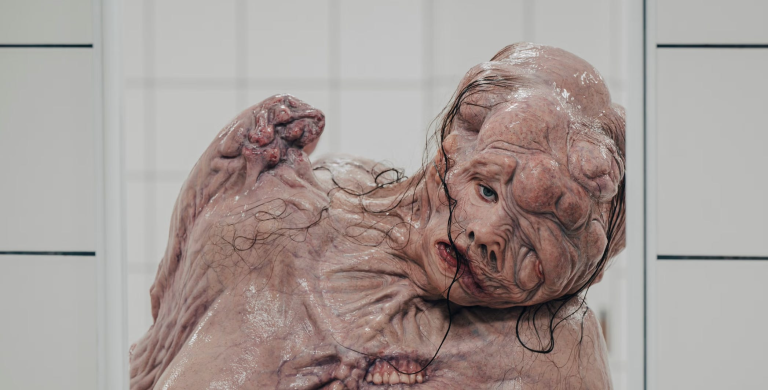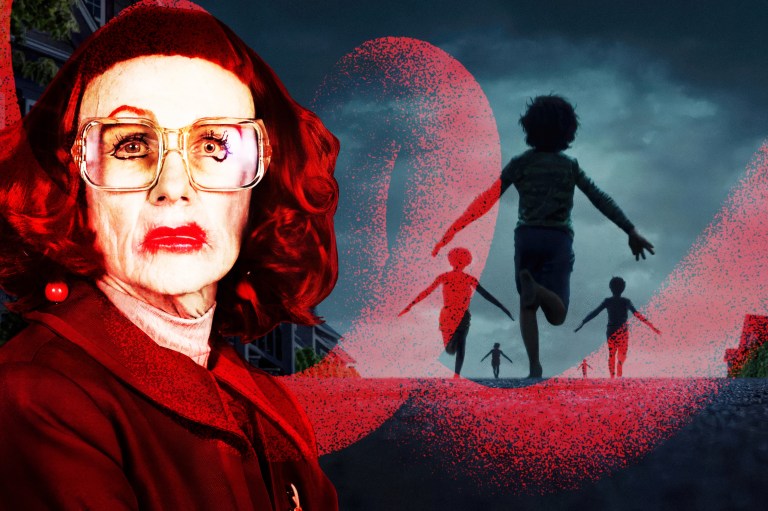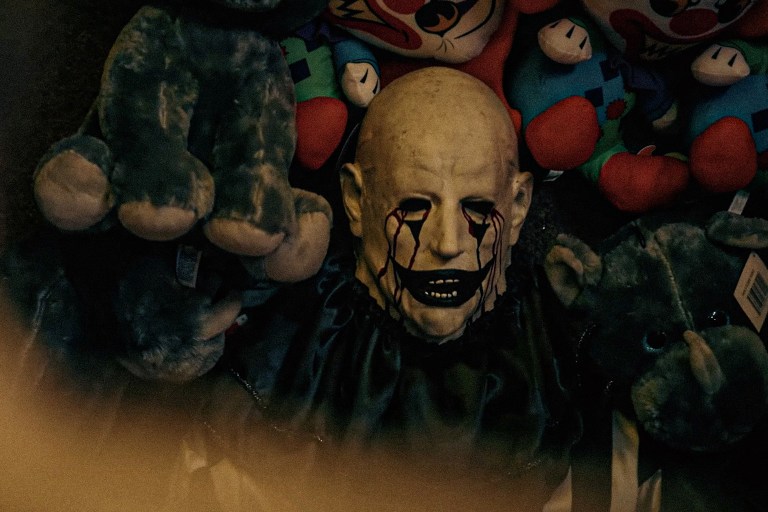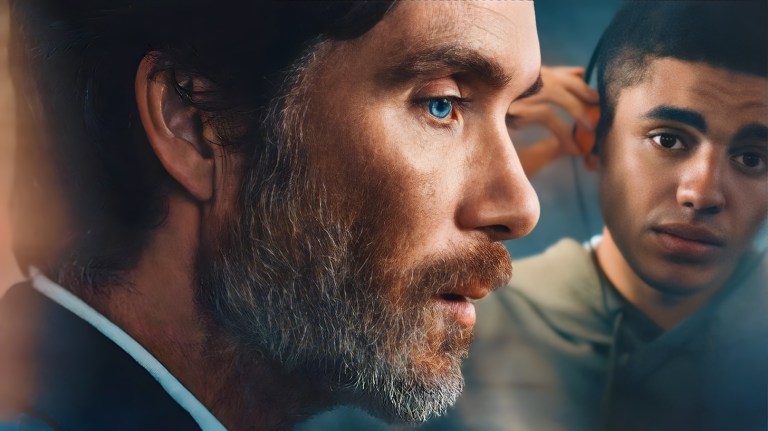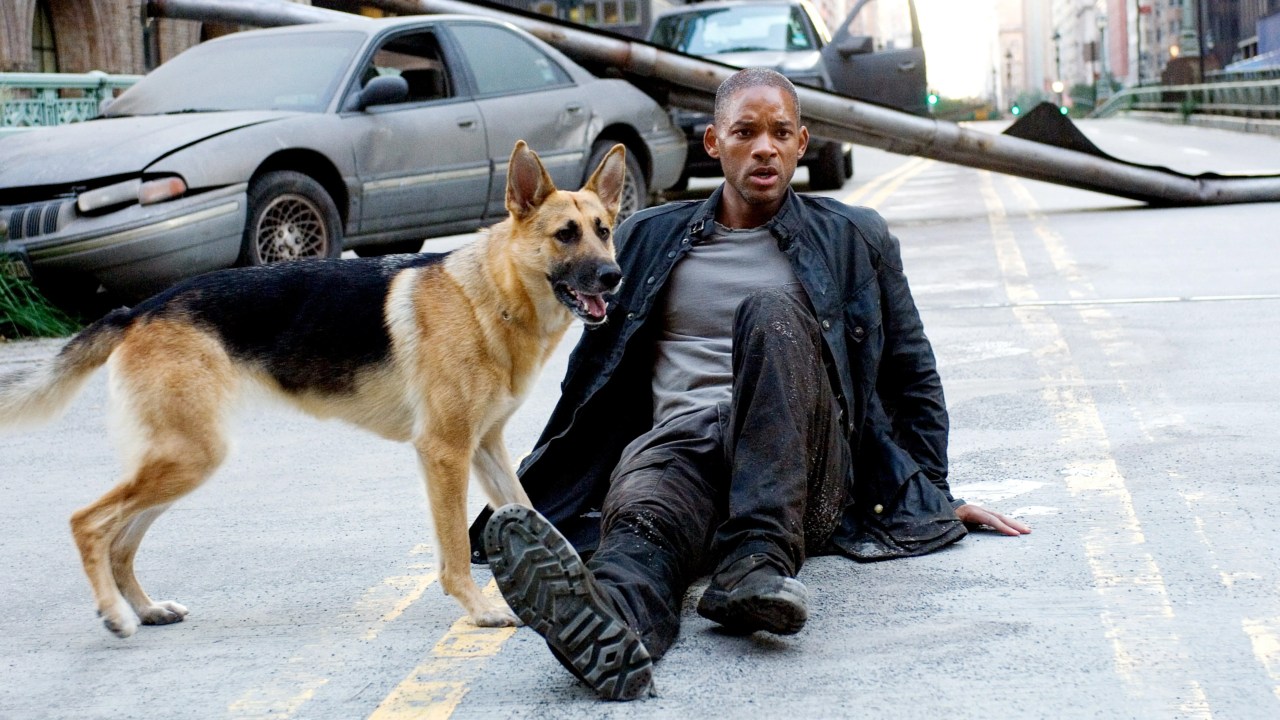
8 Movies With Alternative Endings That Are Even Better Than The Original
It’s impossible to underscore the importance of a film’s final act.
After spending upwards of two hours witnessing the events of a narrative unfold before our very eyes, the last thing we want is to be cheated out of a decent ending, whether we’re talking about a traditional romantic comedy or an epic as famously long as The Lord of the Rings.
As important as movie endings themselves often are, every once in a while, a film might choose to conclude with a slightly more questionable epilogue, leaving most disappointed fans desperately wanting more. From cult favorite horror comedies to iconic sci-fi thrillers, here are eight alternative movie endings that are far, far better than what we saw in the original films.
The Descent (2005)
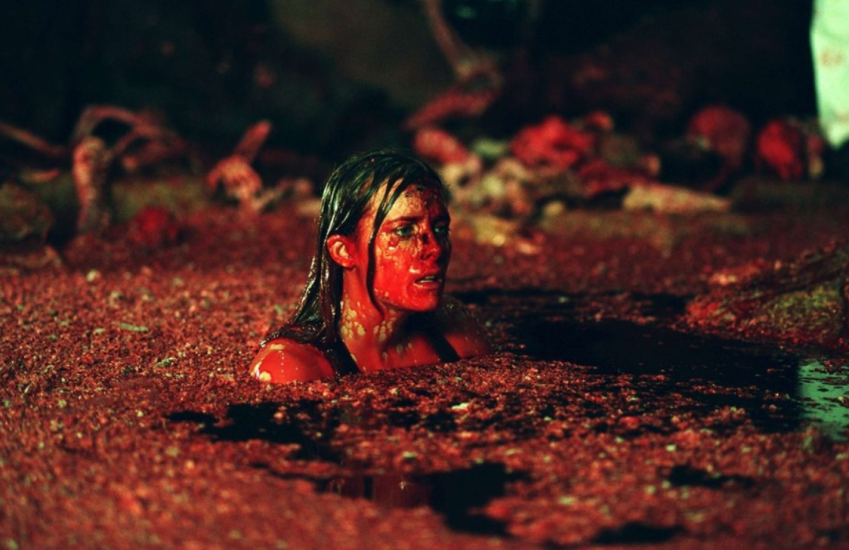
When The Descent was released to American theaters in 2005, it noticeably featured a far more uplifting ending than the version released in the UK and other international markets. Whereas the U.S. copy of the film ends with Sarah successfully fleeing from the cave, the unedited U.K. release sees Sarah awaken back in the dark, her entire escape merely a feverish dream. As she hallucinates a vision of her deceased daughter, the audience hears the sound of the crawlers closing in on her location, cutting the film off on an unforgettably chilling final note.
First Blood (1982)
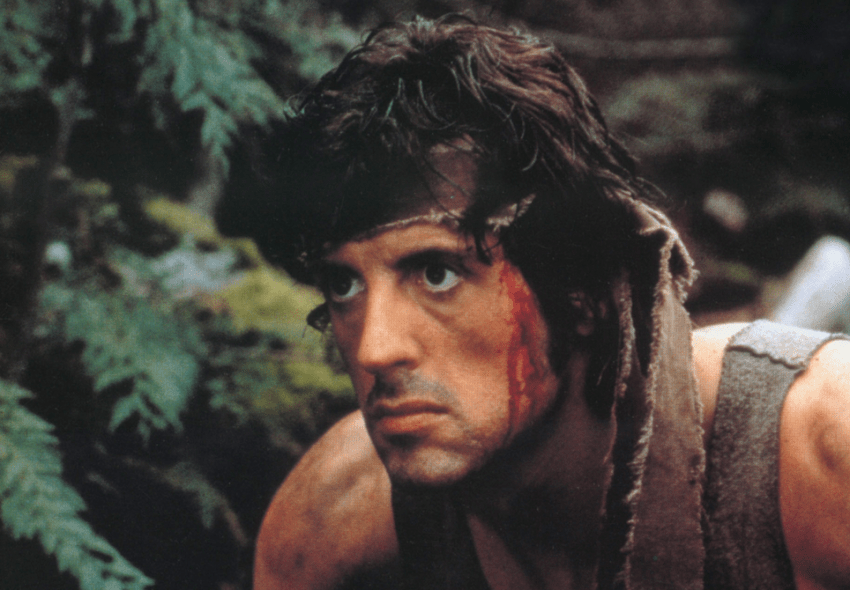
Nowadays, we know that Sylvester Stallone went on to play his traumatized Specials Ops veteran Rambo in several increasingly disappointing sequels. Interestingly, however, the initial cut of First Blood featured a far more conclusive ending for Stallone’s damaged military operative. Rather than face a hostile world where Vietnam War vets are disrespected and cast aside, Rambo instead chooses to take his own life with Trautman’s pistol, escaping the hardships of reality in a desperate final act of redemption. While producers were worried about the poor message this sent to those who actually served in combat, it no doubt would have forced audiences to think about society’s ongoing treatment of military veterans.
28 Days Later (2002)
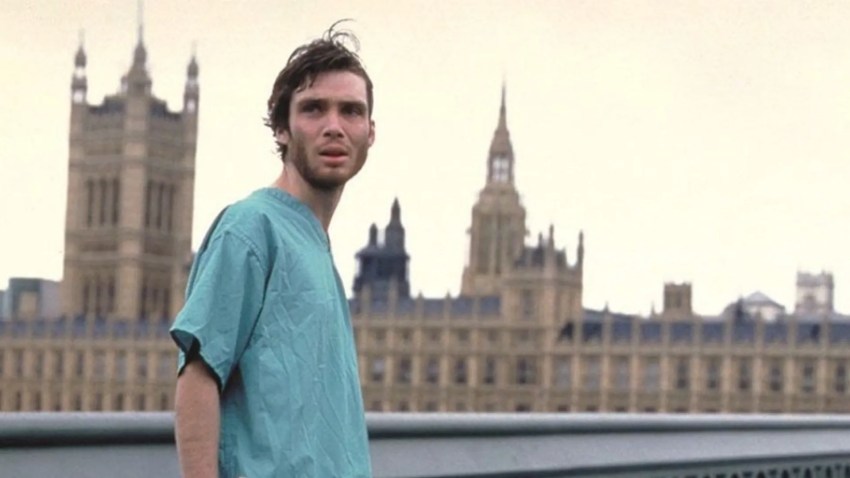
With Cillian Murphy slated to return to 28 Years Later’s upcoming sequel, it’s almost ironic to think that his hapless survivor Jim was slated to die in 28 Days Later’s original ending. Suffering from a fatal gunshot wound, the final scenes of the movie showed Selena and Hannah fruitlessly attempting to operate on Jim’s injuries. With Jim dead and the zombie hordes only continuing to run rampant outside, the two survivors were then shown proceeding onwards towards an uncertain future together. Is it a depressing ending compared to the theatrical version, in which all three characters are saved? Sure! But to be fair, the film itself isn’t exactly known for its merriment or light-hearted whimsy, allowing the alternate ending to exist hand in hand with the movie’s downbeat tone.
Scott Pilgrim vs. The World (2010)
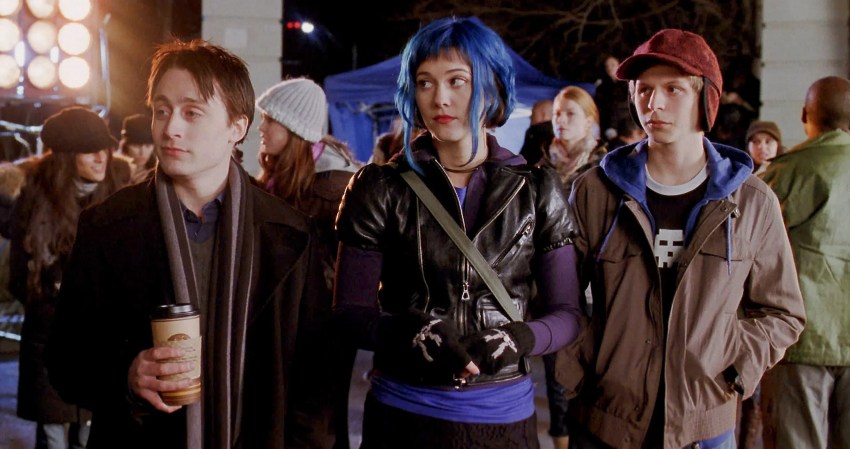
Anyone who has seen Scott Pilgrim vs. The World can likely agree on one thing: Knives deserved way, way better. Ironically, while she parts from Scott with a meaningful goodbye in the finished film, the original version of Scott Pilgrim vs. The World saw Knives reignite her romantic relationship with Michael Cera’s awkward hero. While initial test audiences were dissatisfied with this ending, having Scott choose Knives over Ramona still proves to be a satisfying enough ending in and of itself, allowing each character to grow into more caring, mature, responsible individuals as a result.
Fatal Attraction (1987)
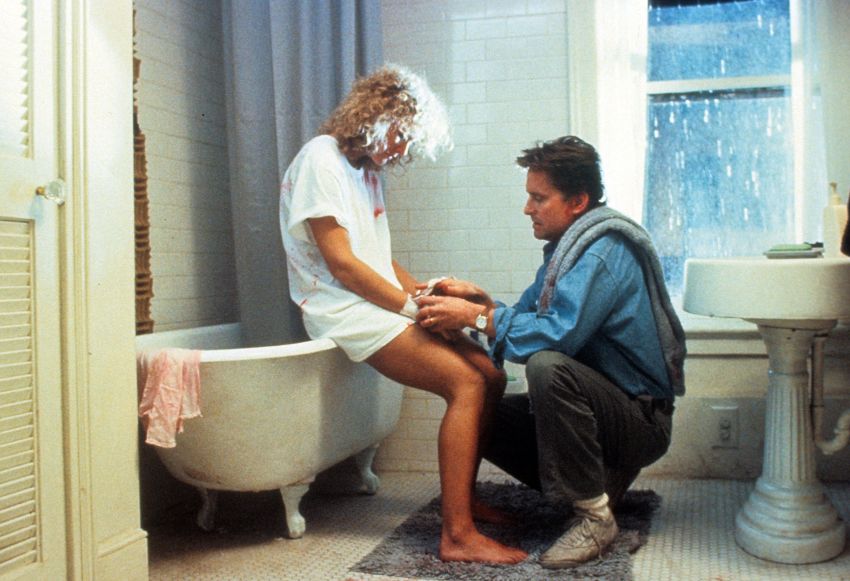
In an era when most thriller and horror films went for the more obvious final battle between the hero and villain, Fatal Attraction’s original ending seemed like an entirely different kind of animal. While the finished film did indeed depict Alex’s fateful attempts to do away with Beth, the initial ending offered up a far more disquieting sendoff for the character, with Alex electing to take her own life and frame Dan for her murder. A nuanced ending filled with pessimistic complexity, it also wonderfully illustrated the instability of Alex’s character, as well as spelling out some drastic repercussions for Dan and Beth’s marriage together.
I Am Legend (2007)
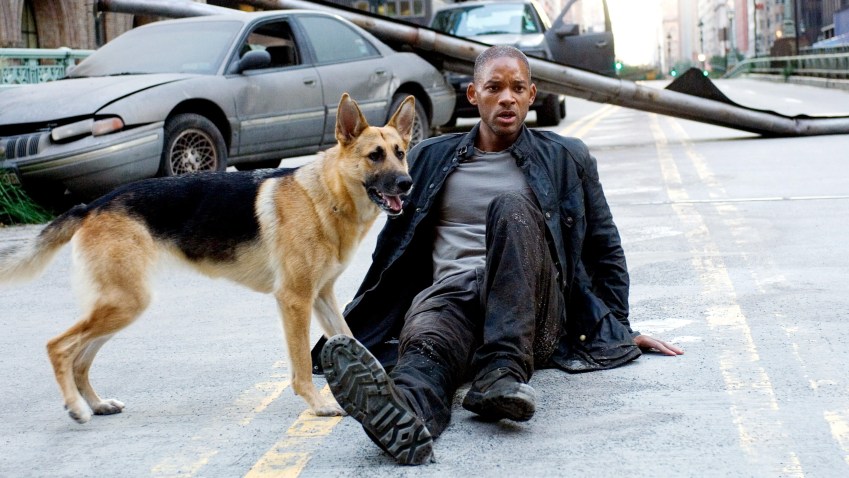
It says a lot that I Am Legend’s long-rumored sequel will look to the movie’s alternative ending rather than its theatrical conclusion as the one considered “canon.” Though it takes plenty of creative liberties from Richard Matheson’s source material, I Am Legend’s most radical departure from the book came with the movie’s ending, which sees Robert Neville sacrificing his life in order to secure a cure for the Krippin Virus. In both the novel and the original film’s ending, however, Neville was shocked to discover that the new race of Darkseekers retained a far more nuanced intelligence than he initially believed possible, with the vampiric species viewing Neville as a folkloric boogeyman straight out of urban legend. It’s a powerful theme that formed the backbone to Matheson’s original novel, and one that should never have been jettisoned for its 2007 adaptation.
Little Shop of Horrors (1986)
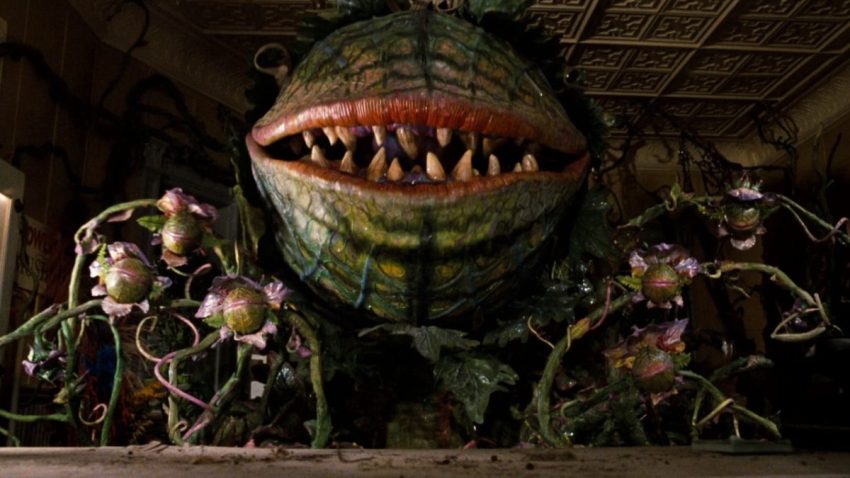
While Little Shop of Horrors’ theatrical “happy ending” wasn’t actually all that happy – with a carnivorous offspring of Audrey II popping up in Seymour and Audrey’s rosebush – said ending was nothing compared to Little Shop of Horrors’ original pitch-black conclusion. As Audrey II spread across the globe, humanity was quickly overrun by the man-eating alien plants, spelling out the end of the world as we know it. A faithful ending borrowed from the off-Broadway production of the show, it’s this ending that remains the standard climax for Little Shop of Horrors’ theatrical productions. A perfect homage to the B-movies of the 1950s it was clearly inspired by, it also served as a far more interesting ending than the traditional fairy tale epilogues most mainstream films typically opt for.
Blade Runner (1982)
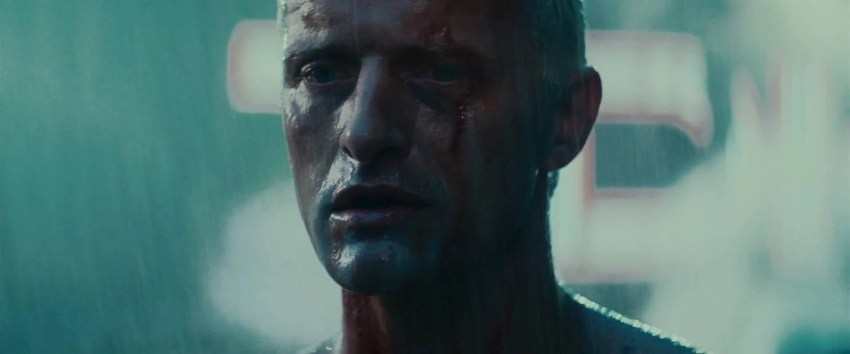
Honestly, there are so many different versions of Blade Runner out there, it’s hard to single out which one was the best. But for our money, there was something so delightfully ambiguous about the closing moments of Blade Runner: The Final Cut. Containing none of the dreadful narration of Harrison Ford’s Deckard, nor the polished “happy ending” displayed in the theatrical version, The Final Cut instead found Deckard and Rachel fleeing into the unknown, with Deckard’s identity as either a human being or a replicant called into question. A stunning way to bring a film as heady as Blade Runner to a close, it was also a brilliant way to tie into the existential nature of the film’s narrative, right down to a climactic moment open to viewers’ individual interpretation.
